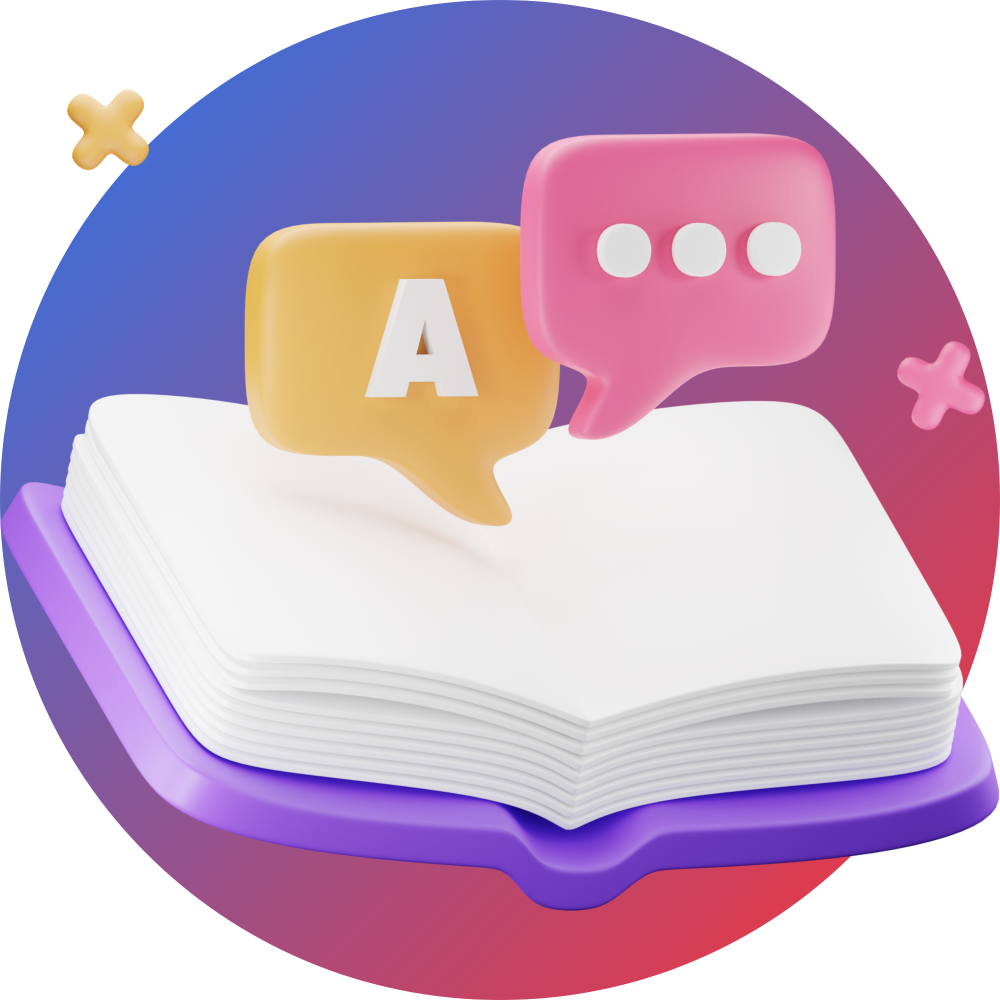-
Feed de Notícias
- EXPLORAR
-
Páginas
-
Blogs
-
Courses
-
Movies
How to Make Learning English Fun for Kids: Creative Ideas That Really Work

English is more than just a subject in school—it’s the language that connects people, ideas, and opportunities. For children, learning English builds a foundation for communication, confidence, and creativity. However, not every child finds English easy or exciting at first. Some may struggle with grammar rules, spelling, or reading comprehension, while others may simply find traditional learning methods dull.
At Achiever’s Castle, we believe that learning English doesn’t have to feel like hard work. With the right approach, it can be interactive, playful, and inspiring. When children enjoy what they’re learning, they engage more deeply, retain knowledge better, and grow into confident communicators.
Here are some creative, proven ways to make learning English fun for kids—both at home and in the classroom.
1. Turn Reading into an Adventure
Reading is the cornerstone of language learning. But to keep children interested, it’s important to make reading feel like an adventure rather than an assignment. Choose books that match your child’s interests—stories about animals, space, magic, or heroes can capture their imagination instantly.
Parents can make reading time more exciting by creating themed nights or reading together using different voices for characters. Encouraging kids to predict what happens next or discuss their favorite parts makes reading interactive and enjoyable.
At Achiever’s Castle, our reading tutoring programs in Saskatoon are designed to nurture a love for stories while improving comprehension, vocabulary, and pronunciation. Through fun exercises and guided discussions, we help children discover the joy of reading and self-expression.
2. Use Games to Teach Language Skills
Children learn best through play. Incorporating games into English lessons turns learning into an exciting challenge. Word puzzles, rhyming games, crosswords, or spelling bees are excellent ways to reinforce vocabulary and spelling.
Digital games and apps that focus on word recognition or sentence building can also be useful, but balance is key—hands-on games like “Word Bingo” or “Charades” can be just as effective and more interactive.
Games help children apply what they’ve learned without the pressure of tests. They encourage critical thinking, teamwork, and creativity—all while keeping learning fun.
3. Encourage Storytelling and Creative Writing
Kids love to tell stories, and storytelling is a fantastic way to develop language and imagination. Encourage your child to write short stories, daily journals, or even comic strips. You can start with simple prompts like “What if animals could talk?” or “Describe your dream adventure.”
This activity helps children express themselves freely and learn how to structure sentences and ideas. Parents can take turns sharing stories too—making it a shared, enjoyable family activity.
At Achiever’s Castle, our tutors use creative writing exercises to help students build confidence in expressing thoughts clearly while expanding vocabulary naturally.
4. Use Music, Songs, and Rhymes
Music is one of the most effective tools for language learning. Singing songs or reciting rhymes helps children remember new words and phrases through rhythm and repetition. Songs make pronunciation practice fun and improve listening skills at the same time.
Nursery rhymes, English songs, or even fun lyric-based challenges can make learning engaging. Encourage your child to sing along, dance, and even make up their own songs—it’s an excellent way to make language learning active and memorable.
5. Incorporate English into Everyday Life
English shouldn’t be limited to a classroom or tutoring session. The best way to help children learn is by incorporating English naturally into their daily routines.
At Achiever’s Castle, our tutors often recommend fun take-home activities that allow families to continue practicing English together in natural, enjoyable ways.
6. Celebrate Small Wins
Children thrive on encouragement. Celebrating small milestones—like learning ten new words or finishing a new book—can boost motivation and self-esteem.
Our team at Achiever’s Castle emphasizes encouragement and praise as vital parts of the learning process. We believe that confidence is the first step toward academic excellence.
7. Use Technology Wisely
Technology can be an incredible ally in making English learning fun. Educational videos, audiobooks, and interactive apps can reinforce what kids learn in tutoring sessions. Animated stories and phonics-based games are great for younger learners, while quizzes and language-building apps can help older students.
However, it’s essential to balance screen time with active learning—conversation, reading, and writing remain the most powerful tools. Combining both keeps lessons dynamic and engaging.
Parents looking for quality tutoring service in Saskatoon will find that Achiever’s Castle integrates technology with traditional learning to create a balanced, effective program for every child.
8. Encourage Group Learning
Learning becomes more fun when children share it with friends. Small group activities—like book clubs, drama plays, or English games—can foster collaboration and communication. Kids can learn from one another, build teamwork skills, and enjoy friendly competition.
At Achiever’s Castle, group tutoring sessions are structured to encourage participation, peer support, and fun-based learning. Students feel comfortable asking questions and expressing themselves in a safe, friendly space.
9. Make Lessons Visual and Interactive
Visual learning is especially effective for younger children. Flashcards, posters, storyboards, and picture books help connect words with images, making vocabulary easier to remember.
Tutors at Achiever’s Castle often use colorful visuals, props, and real-life examples to make English lessons come alive. Whether it’s acting out a story or using art to describe new words, interactive lessons help children engage fully with the learning process.
10. Keep It Fun, Flexible, and Encouraging
The ultimate secret to making English learning fun is flexibility. Every child learns differently—some are naturally talkative, others prefer reading or drawing. Adjusting lessons to suit their interests keeps them motivated and excited to learn more.
At Achiever’s Castle, we take time to understand each child’s personality and adapt our approach to suit their learning style. By combining structure with creativity, we make sure learning English feels like a joyful journey, not a routine task.
Conclusion:
Helping children learn English doesn’t have to be stressful—it can be a fun and rewarding experience for both parents and students. By introducing games, songs, storytelling, and real-life practice, learning becomes an adventure full of creativity and growth.
At Achiever’s Castle, we believe in nurturing confident communicators through interactive lessons and personalized attention. Our professional tutors are passionate about making English enjoyable and accessible for all learners. Whether your child needs extra reading help or wants to strengthen grammar and writing skills, our reading tutoring programs in Saskatoon are designed to make a lasting impact.
As a trusted tutoring service in Saskatoon, Achiever’s Castle continues to inspire young learners to love the English language and express themselves with confidence. Because when learning is fun, success follows naturally — and every child deserves to experience that joy.
- Art
- Causes
- Crafts
- Dance
- Drinks
- Film
- Fitness
- Food
- Jogos
- Gardening
- Health
- Início
- Literature
- Music
- Networking
- Outro
- Party
- Religion
- Shopping
- Sports
- Theater
- Wellness


